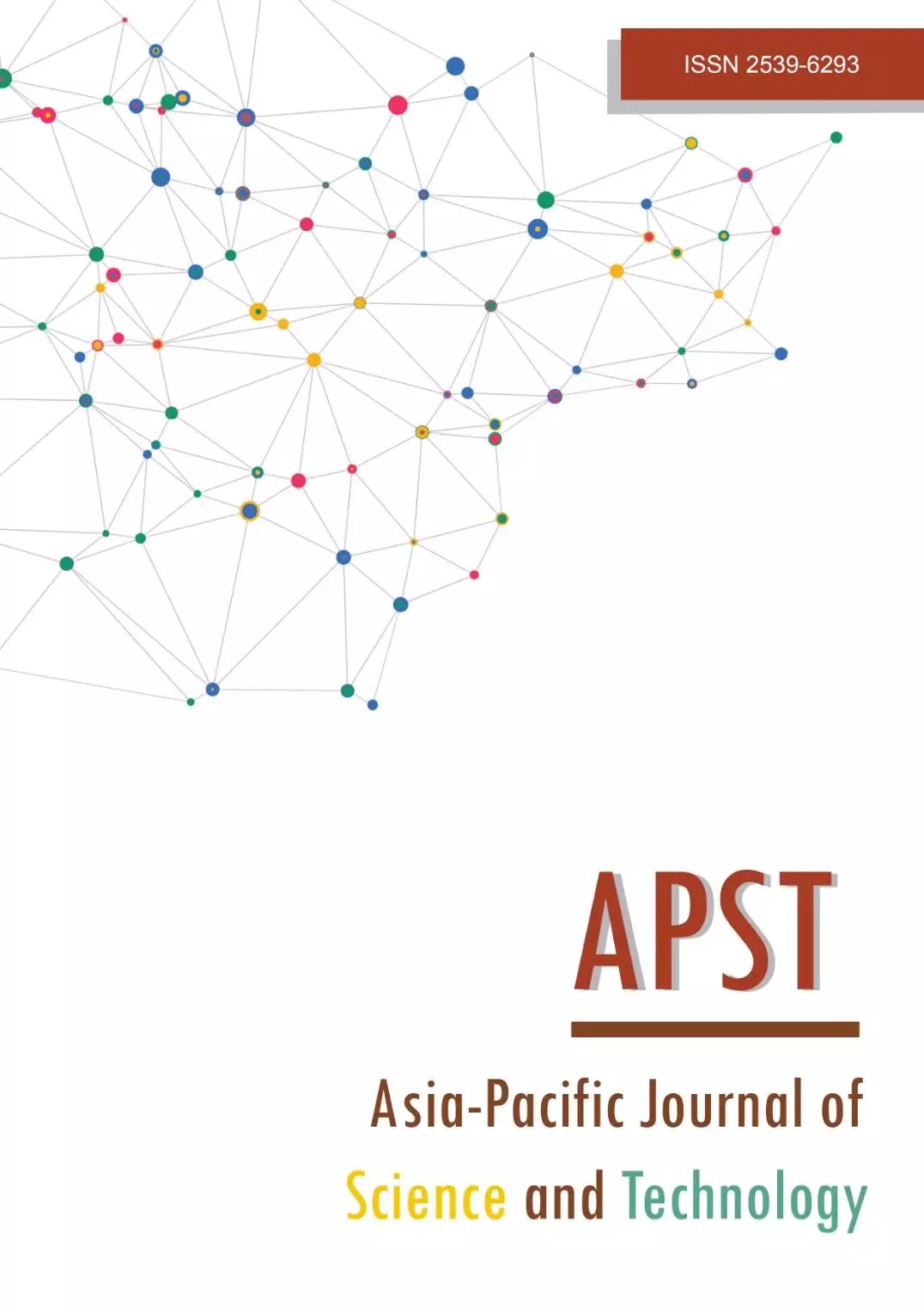Stability improvement of bubbles by entraining fine air in self-compacting concrete proportioned at factory scale
Main Article Content
Abstract
Self-compactability enhancement by small bubbles has been developed for a decade. Those effective bubbles in concrete need to be ensured its stability. A full-scale experimental study was conducted on the stability of entrained air in air-enhanced self-compacting concrete (Air-SCC). The flow diameter and V-funnel time were measured based on the air content in the concrete immediately and 1 h after mixing. An air void analyzer was used to measure the diameter size of the entrained bubbles at the fresh stage. A water-dividing mixing method along with longer mixing time were used to increase the volume of small bubbles. The results indicated that the water-dividing method and 180 s mixing with a simple method effectively entrained small bubbles in mixtures using superplasticizer blended with retarder. That effective procedure could increase volume of small bubbles approximately 3.0%. Fine bubbles were defined by the high value of specific surface area (α > 20 mm2/mm3). Concrete containing air bubbles with a high a value had a reduction rate less than 1% of air content at 1 h. The authors have succeeded to maintain the air lost less than 1% of the designed value as this affected both the self-compactability and freeze-thaw resistance of concrete. These findings will be beneficial in designing or producing self-compacting concrete, especially in a cold environment.
Article Details

This work is licensed under a Creative Commons Attribution-NonCommercial-NoDerivatives 4.0 International License.
References
Okamura H, Ouchi M. Self-compacting concrete. J Adv Concr Technol. 2003;1(1):5-15.
Ashish DK, Verma SK. Determination of optimum mixture design method for self-compacting concrete: validation of method with experimental results. Constr Build Mater. 2019;217:664-678.
Mustapha FA, Sulaiman A, Mohamed RN, Umara SA. The effect of fly ash and silica fume on self-compacting high-performance concrete. Mater Today Proc. 2021;39:965-969.
Jain A, Gupta R, Chaudhary S. Sustainable development of self-compacting concrete by using granite waste and fly ash. Constr Build Mater. 2020;262:120516.
Promsawat P, Chatveera B, Sua-iam G, Makul N. Properties of self-compacting concrete prepared with ternary portland cement-high volume fly ash-calcium carbonate blends. Case Stud Constr Mater. 2020;13:e00426.
Siddique R. Properties of self-compacting concrete containing class F fly ash. Mater Des. 2011;32(3):1501-1507.
Sua-iam G, Makul N. Incorporation of high-volume fly ash waste and high-volume recycled alumina waste in the production of self-consolidating concrete. J Clean Prod. 2017;159:194-206.
Yang S, Zhang J, An X, Qi B, Shen D, Lv M. Effects of fly ash and limestone powder on the paste rheological thresholds of self-compacting concrete. Constr Build Mater. 2021;281:122560.
Barbhuiya S. Effects of fly ash and dolomite powder on the properties of self-compacting concrete. Constr Build Mater. 2011;25(8):3301-3305.
Grünewald S, Walraven JC. Properties of fibre reinforced SCC. In: Siddique R, editor. Self-compacting concrete: materials, properties and applications. 1st ed. Cambridge: Woodhead Publishing; 2020, p. 309-370.
Pansuk W, Nguyen TN, Sato Y, Den Uijl JA, Walraven JC. Shear capacity of high performance fiber reinforced concrete I-beams. Constr Build Mater. 2017;157:182-193.
Wang W, Shen A, Lyu Z, He Z, Nguyen KTQ. Fresh and rheological characteristics of fiber reinforced concrete-a review. Constr Build Mater. 2021;296:123734.
Turk K, Bassurucu M, Bitkin RE. Workability, strength and flexural toughness properties of hybrid steel fiber reinforced SCC with high-volume fiber. Constr Build Mater. 2021;266:120944.
Jongvivatsakul P, Attachaiyawuth A, Pansuk W. A crack-shear slip model of high-strength steel fiber-reinforced concrete based on a push-off test. Constr Build Mater. 2016;126:924-935.
Daungwilailuk T, Pheinsusom P, Pansuk W. Uniaxial load testing of large-scale 3D-printed concrete wall and finite-element model analysis. Constr Build Mater. 2021;275:122039.
Attachaiyawuth A, Rath S, Tanaka K, Ouchi M. Improvement of self-compactability of air-enhanced self-compacting concrete with fine entrained air. J Adv Concr Technol. 2016;14(3):55-69.
Puthipad N, Ouchi M, Attachaiyawuth A. Effects of fly ash, mixing procedure and type of air-entraining agent on coalescence of entrained air bubbles in mortar of self-compacting concrete at fresh state. Constr Build Mater. 2018;180:437-444.
Puthipad N, Ouchi M, Rath S, Attachaiyawuth A. Enhancement in self-compactability and stability in volume of entrained air in self-compacting concrete with high volume fly ash. Constr Build Mater. 2016;128:349-360.
Puthipad N, Ouchi M, Rath S, Attachaiyawuth A. Enhanced entrainment of fine air bubbles in self-compacting concrete with high volume of fly ash using defoaming agent for improved entrained air stability and higher aggregate content. Constr Build Mater. 2017;144:1-12.
Ouchi M, Kameshima K, Attachaiyawuth A. Improvement in self-compacting properties of fresh concrete by eliminating large air bubbles using an antifoaming agent. J Adv Concr Technol. 2017;15(1):10-18.
Attachaiyawuth A, Puthipad N, Ouchi M. Effects of air-entraining agent, defoaming agent and mixing time on characteristic of entrained bubbles in air-enhanced self-compacting concrete mixed at concrete plant. Eng J. 2022;26(2):37-48.
Rath S, Puthipad N, Attachaiyawuth A, Ouchi M. Critical Size of entrained air to stability of air volume in mortar of self-compacting concrete at fresh stage. J Adv Concr Technol. 2017;15(1):29-37.
Rath S, Ouchi M, Puthipad N, Attachaiyawuth A. Improving the stability of entrained air in self-compacting concrete by optimizing the mix viscosity and air entraining agent dosage. Constr Build Mater. 2017;148:531-537.


